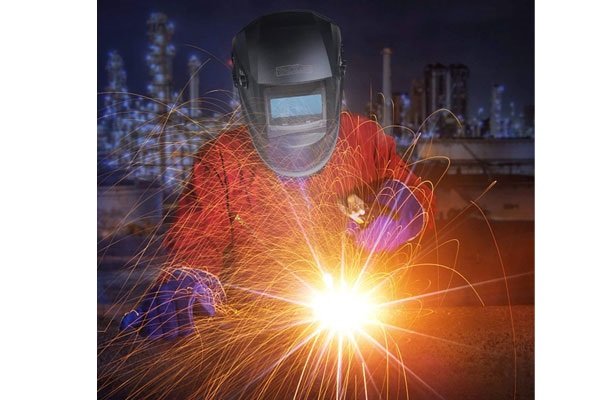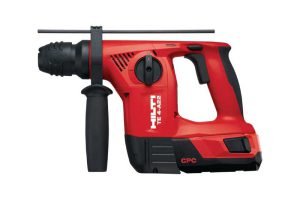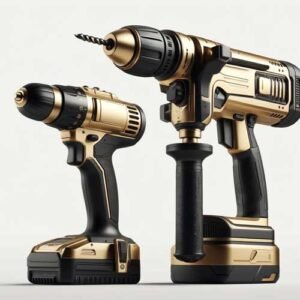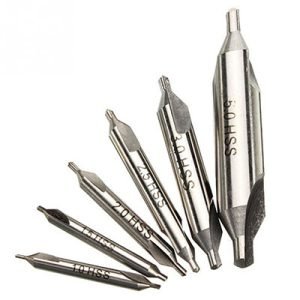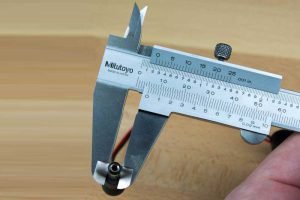Welding is an important industrial process that is used to join materials, typically metals or thermoplastics, together. One of the most commonly used tools in welding is a welding inverter. A welding inverter is a device that helps to regulate the current and voltage being used in welding, allowing for more efficient and effective welding. In this blog post, we’ll discuss what welding inverters are, how they work, and why they are important to welding.
The basics of a welding inverter
A welding inverter is a type of power supply that has been designed specifically for welding applications. It is a highly efficient piece of equipment that is used to convert raw power into a welding current, and can be used for both MIG and TIG welding processes. Welding inverters are relatively lightweight and portable, which makes them ideal for a range of applications, from general repair work to light fabrication projects.
Welding inverters offer a number of benefits over traditional transformer-style power sources. For starters, they are usually much more efficient, meaning less wasted energy and improved weld quality. Additionally, inverters are much easier to adjust and control, allowing users to make precise adjustments to their settings for optimal weld performance.
The most common type of welding inverter is the DC-based inverter, which uses a rectifier to convert AC current into direct current (DC). This type of inverter is typically used for MIG welding, but can also be used for TIG welding with the addition of a separate electrode power supply.
DC inverters are also generally more affordable than their AC counterparts, making them popular for hobbyists and small-scale operations. However, it is important to note that DC-based welding inverters do not provide as many features or settings as their AC-based counterparts. As such, they may not be suitable for more demanding welding applications.
The benefits of using a welding inverter
A welding inverter has many advantages over traditional welding equipment. One of the most important benefits of a welding inverter is that it is more lightweight and compact than traditional welding equipment. This makes it easier to transport, making it ideal for both professional welders who need to take their equipment with them to different job sites, as well as DIYers who are looking for a lightweight and easy-to-use welding device.
In addition to its portability, a welding inverter also offers superior performance when compared to traditional welding equipment. For example, welding inverters can generate much higher levels of power, allowing for greater control over the welding process and ultimately producing better results. This is especially beneficial for those who need to work on complex welding projects with tight tolerances.
Another benefit of using a welding inverter is that it can be used with multiple types of electrodes. This means that you can weld a variety of materials, such as steel, aluminum, stainless steel, and brass, without having to switch out your equipment. This versatility makes welding inverters a great choice for anyone who needs to do a wide range of welding projects.
Finally, welding inverters are more cost-effective than traditional welding equipment. Since they require less power to operate, they tend to be less expensive to purchase and maintain than traditional machines. This makes them a great choice for those who are just starting out with welding or those who are looking for a budget-friendly option for their welding projects.
The different types of welding inverters
There are several types of welding inverters available to meet the needs of different applications. The most common types of welding inverters include AC/DC stick, MIG/flux-cored arc welding (FCAW) inverter, TIG welding inverter, and plasma cutting inverter.
AC/DC stick welding inverters are typically used for basic welding jobs such as light fabrications, maintenance, and repairs. They are less expensive than other types of welding inverters and are ideal for home use. These inverters generate a direct current (DC) for the arc, which provides a stable arc for less experienced welders.
MIG/FCAW welding inverters are designed for welding thicker metals with a more powerful arc. This type of welding is often used in manufacturing, fabrication, and construction work. These inverters come with an adjustable voltage and wire feed speed settings, making them versatile and efficient.
TIG welding inverters are the most complex and powerful of the welding inverters. They provide high-quality welds on stainless steel, aluminum, and other non-ferrous materials. These inverters use alternating current (AC) for the arc, providing precise control for difficult welds.
Plasma cutting inverters are designed to cut through thick materials using a powerful jet of ionized gas. These inverters are often used for industrial applications such as automotive repair, fabrication, and construction work. They come with a variety of features such as adjustable amperage, voltage, and speed settings.
When choosing the right welding inverter for your project, consider the type of material you will be working with, the thickness of the material, the level of precision required for the job, and your budget. With the right welding inverter, you can achieve quality welds quickly and efficiently.
How to choose the right welding inverter
When it comes to choosing the right welding inverter, there are several factors that need to be taken into consideration. First, you need to determine the type of welding you will be doing and the materials you will be working with. This will help you decide on the proper amperage and type of welding inverter you will need. For example, if you are working with thin gauge aluminum or stainless steel, you may want to opt for an inverter with a higher amperage range.
Next, you should consider the amount of space you have to work in and the size of the welding inverter. Some inverters can be quite bulky and may not fit into a confined workspace. If this is the case, then look for a model that is compact enough to fit in your area. You should also take into account the types of power sources you have available and make sure that the inverter you choose is compatible with them.
The duty cycle of a welding inverter should also be considered. This refers to the percentage of time that the machine can run before it needs to rest and cool down. Higher duty cycles are preferable if you plan to use the machine often, as they will be more reliable and able to withstand long periods of use.
Finally, price should also be a factor when choosing a welding inverter. Inverters come in all shapes, sizes, and price points. Do your research and find the best deal for your budget and needs.
By following these steps and considering all the factors mentioned above, you should be able to find the perfect welding inverter for your projects.
